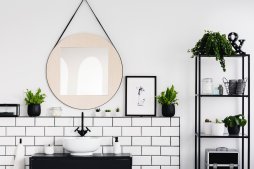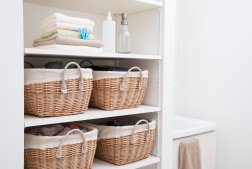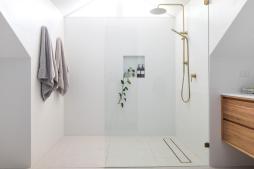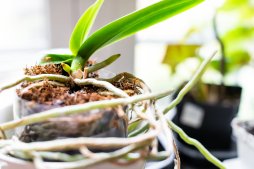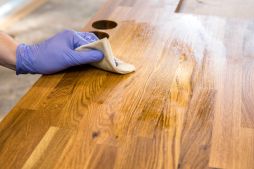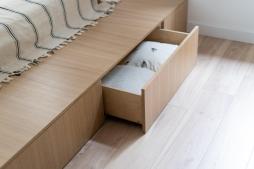How to Build a Raised Garden Bed: Essential Materials and Tips

Building a raised garden bed is an excellent way to create a productive and attractive garden space, especially if you have limited ground soil quality or want better control over your gardening environment. This step-by-step guide will walk you through the essential materials needed and useful tips to successfully build your own raised garden bed.
Understanding the Benefits of Raised Garden Beds
Raised garden beds offer many advantages, including improved drainage, easier access for planting and harvesting, better soil control, and reduced weed problems. They are particularly useful for gardeners with poor native soil or those wanting to extend their growing season by warming up faster in spring.
Essential Materials You Will Need
To build a raised garden bed, gather the following materials: untreated wood boards like cedar or redwood (resistant to rot), galvanized screws or nails for assembling the frame, a drill or screwdriver, landscape fabric to line the bottom if desired, quality garden soil mix tailored for your plants, compost for added nutrients, and optional corner brackets for extra stability.
Step-by-Step Construction Process
Start by choosing a flat location with good sun exposure. Measure and cut your wood boards according to your desired bed size—common dimensions are 4 feet wide by 8 feet long. Assemble the frame by securing the boards together at each corner using screws or nails; use corner brackets if preferred. If you want extra weed protection, lay landscape fabric inside before filling it with your prepared soil mix. Finally, fill the bed with nutrient-rich soil combined with compost.
Tips for Maintaining Your Raised Garden Bed
Keep your raised bed healthy by regularly watering according to plant needs since these beds can dry out faster than in-ground gardens. Add mulch on top of the soil surface to retain moisture and suppress weeds further. Annually amend the soil by adding fresh compost or organic matter to maintain fertility over time.
Customizing Your Raised Garden Bed Experience
Consider building multiple tiers if space allows for variety in plant types requiring different depths. You can also add trellises along one side for climbing plants like beans or cucumbers. Painting or staining untreated wood helps protect it from weathering while adding aesthetic appeal; just ensure any finishes used are safe around edible crops.
Building a raised garden bed is an achievable project that enhances both gardening success and enjoyment. By following this guide’s steps and tips on materials selection and maintenance practices, you’ll be well on your way to cultivating a thriving garden space tailored perfectly to your needs.
This text was generated using a large language model, and select text has been reviewed and moderated for purposes such as readability.
